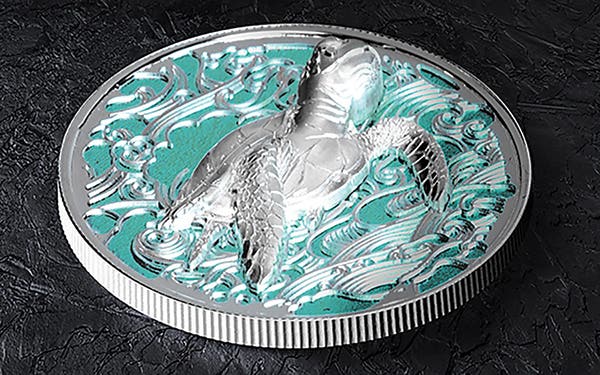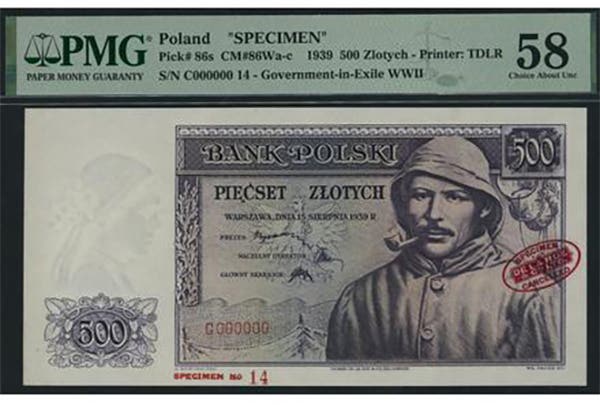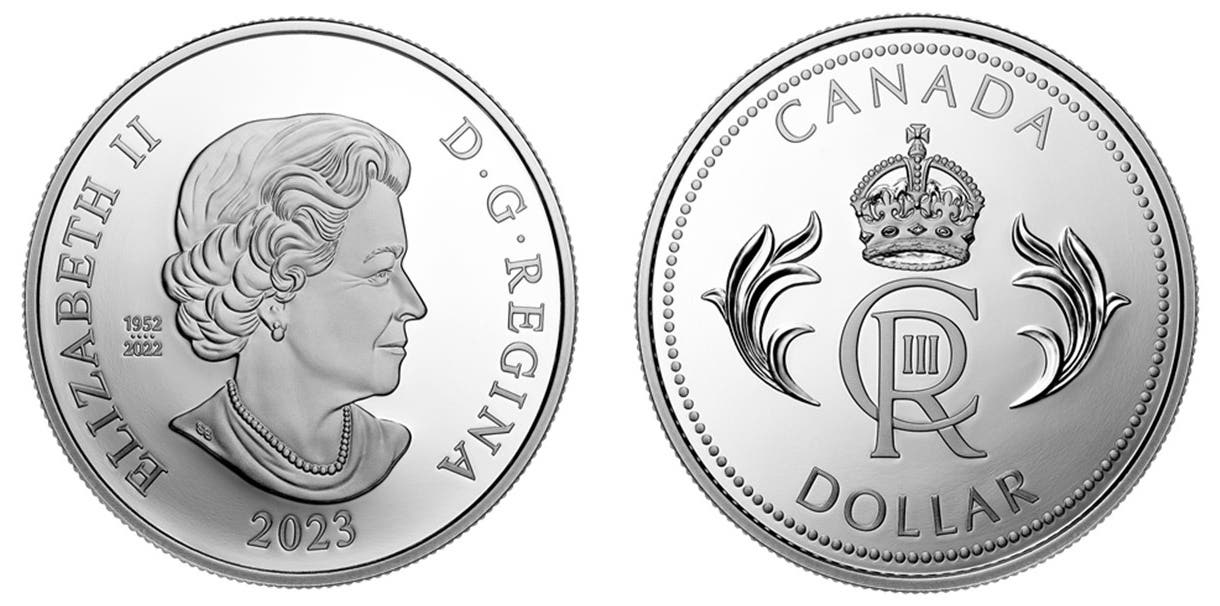Challenge to New Philippine Bank Notes
Polymer rather than paper is becoming popular as the host on which bank notes are being printed by an ever-expanding number of countries. Polymer has several advantages including its durability…
Polymer rather than paper is becoming popular as the host on which bank notes are being printed by an ever-expanding number of countries. Polymer has several advantages including its durability and difficulty to be counterfeited.
With all the pluses that line up to favor polymer over paper, why is the Philippines having so much trouble wrapping itself around the idea of paper being passé; polymer bank notes should be in their future.
There have been recent reports of merchants refusing to accept the new Philippine 1,000-peso polymer bank notes simply because the notes had been folded. The Bangko Sentral ng Pilipinas or Philippines Central Bank recently released guidelines on the proper way to handle polymer bank notes. On July 13, Senator Aquilino “Koko” Pimentel III asked the central bank to stop printing or issuing new notes due to complaints about the new notes’ practical use as a legal tender.”
On July 13 Pimentel also filed a resolution urging the Philippine Senate to conduct a legislative inquiry on what he called the central bank’s “inclination to constantly change bank notes and coins at the expense of Filipino taxpayers.”
In an argument that sounds reminiscent of how the United States ended up with a nickel rather than silver composition 5-cent coin and why the U.S. still clings to the dollar bill rather than a metal coin, Pimentel said the BSP’s decision to use polymer instead of the indigenous abaca for the new 1,000-peso notes is not only detrimental to the livelihood of local abaca farmers but is also very impractical to many Filipinos who are used to storing their bills on their pockets, purses, or their tri-fold wallets.
According to Pimentel, “The issuance of these polymer bills to replace our old bank notes is absolutely absurd. Our bills should be designed in such a way that they can withstand a minimum amount of abuse like crumpling and folding…The BSP should suspend the production of these bank notes as soon as possible.”
New bank notes aren’t the only problem the bank has recently faced. On July 6 the bank was forced to advise the public the stories of the obsolete Ang Bagong Lipunan, or New Society coins posted on Facebook as being re-issued were false. These coins date from the time of the dictatorship of Ferdinand Marcos Sr. His son just won the presidency, which may or may not be a coincidence to the postings. The ABL coin series was demonetized on Jan. 2, 1998. The problem is that at the time of the bank’s rebuke the Facebook posting had collected 20,000 likes and reactions, about 2,000 comments, and 46,000 shares.
The polymer bank note guidelines posted by the central bank are far more extensive than any guidelines posted by other central banks now using this plastic as a substitute for paper. Among them are the following:
• Keep the bills flat: Place polymer bank notes in wallets that are long enough where the bills fit properly.
• Keep them clean: Clean dirty or soiled polymer bank notes with a damp cloth. The surface can also be cleaned using alcohol-based sanitizers, but it needs to be immediately wiped with a dry cloth afterward.
• Do not deface, write on, or mark the new bills.
• Do not excessively fold, crease, or crumple polymer bank notes as these could leave permanent marks.
• Do not tear, cut, or poke holes in it.
• Do not staple or use rubber bands to keep polymer bank notes together. Use paper bands instead.
• Do not damage the clear windows, metallic features, and other security features of the polymer bank notes.
• Do not iron polymer bank notes
• Do not expose them to very high temperatures or place them near an open flame.
• Do not expose polymer bank notes to strong or corrosive chemicals like muriatic acid or bleach.
Pimentel may have his own agenda as the reason for attempting to recall the new 1,000-peso notes, but you have to admit the central bank’s list of guidelines for using the notes could leave many potential users questioning if that user wants to go to the efforts of safeguarding them the central bank has listed.








